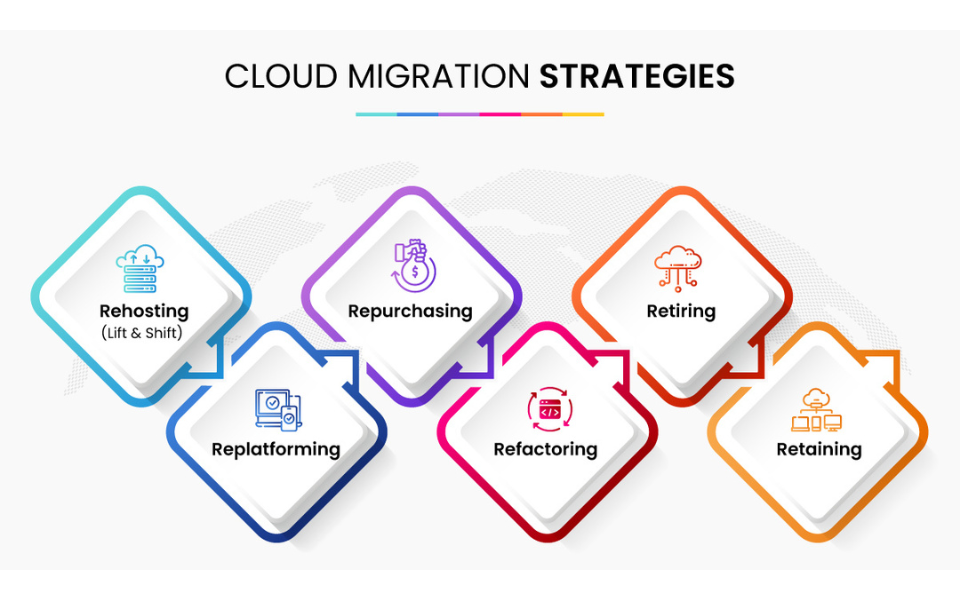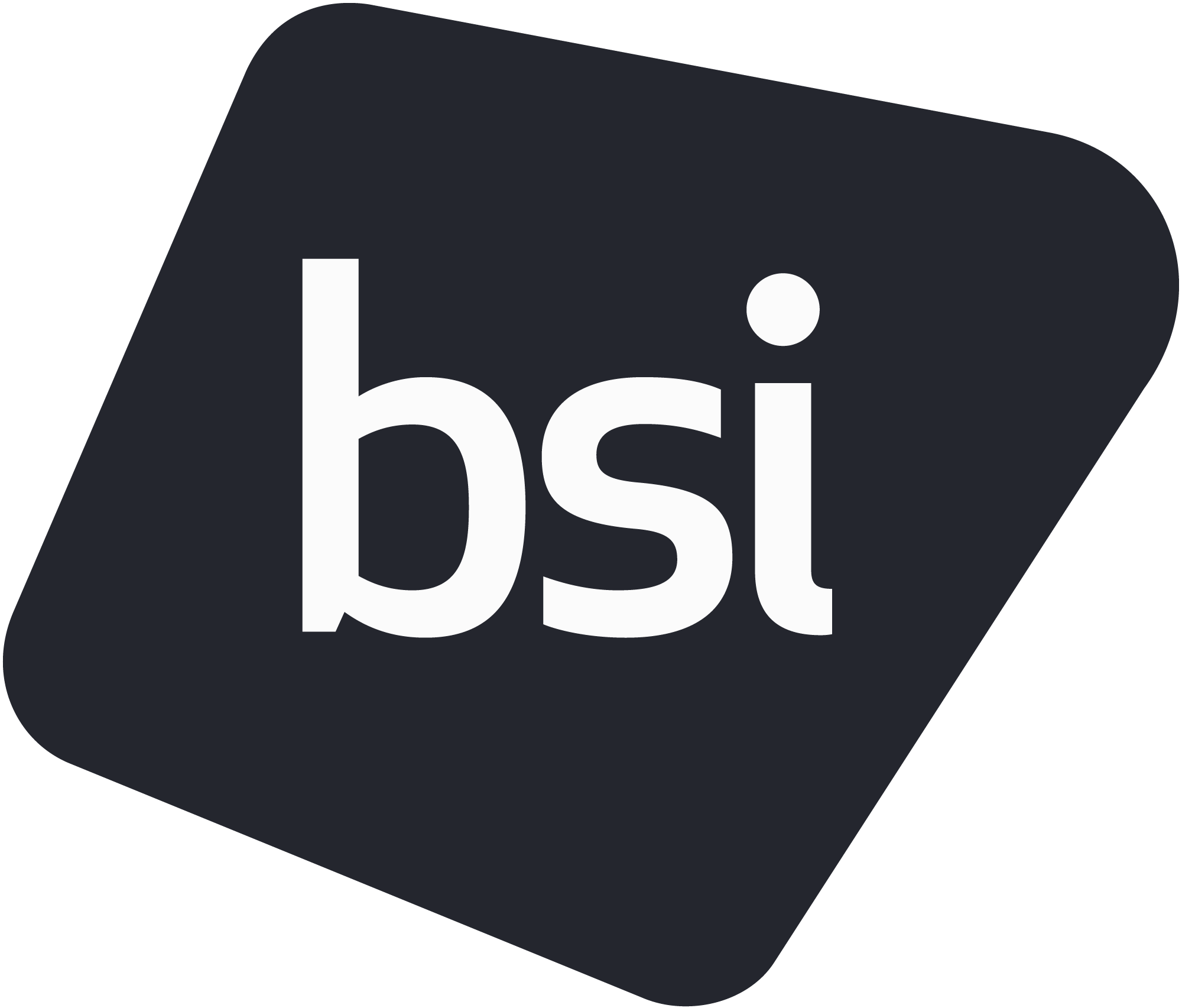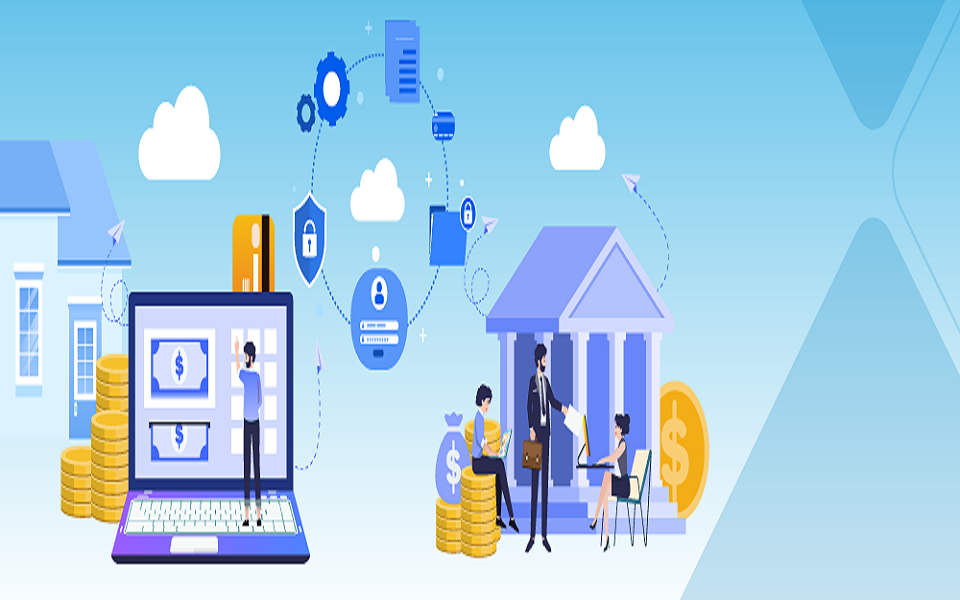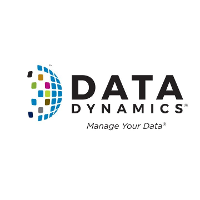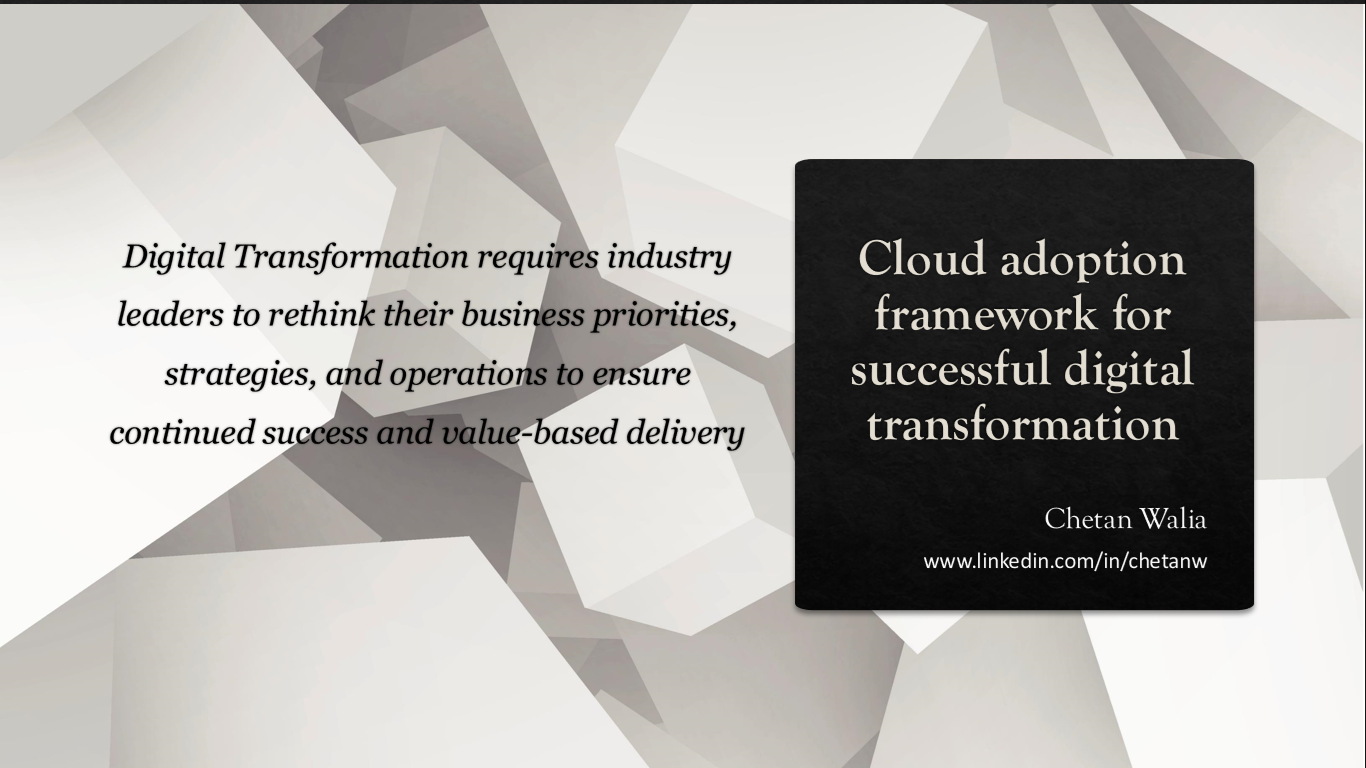Cloud computing has been one of the most exciting and disruptive forces in the IT world in the past decade. The market for cloud solutions is expected to show accelerated growth in 2019 and beyond, as organizations all over the world are moving to the cloud with an aim to power their core business systems along with their customer-facing applications.
Most organizations are embracing digital ways of doing business and are in the early stages of IT transformation and they are increasingly adopting cloud-based applications, as the cloud is fundamental to digital transformation strategies. These enterprises need the ability to provision and de-provision both apps and users with speed, to keep up with their business requirements while maintaining tight security and compliance. But there are some key business and technical challenges of migrating to the cloud, that these enterprises face.
So for smooth transitioning, they rely on strategic partners for operational assistance and to help them align IT with their business requirements.
Thus, digital business transformation provides a huge opportunity to the cloud service providers (CSPs) to capitalize cloud. But, there’s a catch – the organizations who are transforming have demands and expectations of a dynamic nature. They expect a CSP to be the one-stop solution provider for all their transitional requirements. Hence, CSPs need to be armed with lots of skills, tools and cloud management solutions to provide business-ready cloud infrastructure and tailormade solutions to their customers on demand.
Hence, for a CSP, the opportunities are galore, but the situation is fraught with challenges. Here is an inkling:
The absence of knowledge, fear of change and skills shortage
Internal operations and workflows associated with a cloud business are still something that many service providers are wrapping their heads around. They know that with the cloud, they have a tremendous technology at their fingertips, but not all know, what to sell or how to market and sell a cloud service.
Due to this, they struggle with questions like is there any cloud-based digital platform available that helps businesses automate their sales processes or what’s the best marketing automation platform for small to medium-size businesses?
But, they need to maintain their current business run rate, without stopping selling old services. What if, they don’t have knowledge as to how they can manage different cloud solutions along with their existing products, manage billing, inventory at one place and automate their solutions’ service delivery. In many cases, service providers are still using outdated methodologies or multiple tools that are holding their business back from running full-throttle in a cloud-first world.
In other cases, they don’t have the required expertise on staff or the employees are not able to adapt themselves to the techno-commercial mindset that every cloud business needs. Some also struggle with automation – they don’t understand how manual processes increase their overheads.
Tip1- Recognize different needs, wants and desires of all the employees and take an informed approach towards mindset transformation of employees. Develop a proper plan of self as well as team transformation – address why the change is needed and how it can be made along with the results it will bring. Have a clear communication upfront, assemble the right capabilities and competencies, outline how digitally skilled staff can benefit both – company performance and individual teams.
CXOs must now support digitalization wholeheartedly and explore using powerful new tools and cloud platforms. They must take time to educate themselves about them, and the impact they can have on business processes and service delivery. In order to leverage the cloud, the foremost thing of importance is that the cloud computing service providers should first understand which right tools they should have in place to make business cloud management easier.
The absence of automation in cloud billing
Cloud technology is a subscription model, and this gives its users the flexibility to scale up or down the resources which means, CSPs need to bill their end customers on a pay per usage basis. Also, there are multiple ways to buy cloud services — on-demand, prepaid, reserved capacity, and enterprise agreements — every month, and this trend will apparently accelerate with time.
The cloud pricing is quite complex, and it’s billing is unlike the billing mechanism used in the traditional buy-sell model. Also, SaaS, IaaS or PaaS pricing models vary widely. This complexity has spawned the need for an automated invoicing tool for CSPs. However, there are several third-party solutions currently in the market to help service providers, but it can be difficult to choose the right one.
Tip2 – To overcome cloud billing issues, CSPs should find out who has the best cloud billing solution that meets their needs. After weighing the pros and cons of a cloud billing software, they should adopt a flexible cloud subscription billing management system that will help them manage recurring cloud billing and also help them in upselling and cross-selling to their customers with minimum hassles.
Build a system that gives your billing team and your customers’ visibility into service billing from a central place. This will help you to better manage your billing, while customers will enjoy transparency and self-sufficiency. Eventually, you can overcome such cloud computing challenges.

Inability to meet regulatory compliances
No doubt, the cloud is a booming business. With cloud offering advantages like scalability, mobility, and convenience, cloud solutions are already in demand and the demand will surely spiral in the times to come. This has and will lead to increased migration of more sensitive data and its processing. This makes it an utmost responsibility to safeguard the client data on the part of CSP.
Many a time, security is considered the joint responsibility of both the cloud provider and the customer. Upkeep of storage, infrastructure, and networking is certainly the responsibility of the cloud provider, but security onus for things like applications, operating systems, identity and access management, and network traffic protection certainly lies with the customer. So, cloud service providers need to work upon their security standards as feverishly as they seek to better their technological capabilities.
The blurred boundaries make it difficult to tackle cloud computing security issues and challenges, but defining role-based user access and assigning permissions at the ground level certainly can help both the parties.
Tip 3 – Compliance is necessary for ensuring security. CSPs should design security in their offerings. They should become more articulative about what is allowed to go where, and under what type of protection. For this, a CSP needs a cloud management solution that meets regulatory compliances for best protection of user data and that allows CSPs to set permissions and strict access controls. CSPs should ensure that they have visibility and control over the data, regardless of where it resides and with whom it is shared.
Inability to deliver and manage a cloud solution of different brands under one roof
This is one of the biggest cloud computing challenges. Today, the customer is very much in the driver’s seat. They are trying to move away from the infrastructure of yesterday and move towards rapidly configurable systems that are the solution for the business challenges they face. Also, customers are seeking those CSPs that can provide them a fully application-aware ‘business ready’ cloud platform for IT service delivery and help them clear a secure path to sustained innovation.
Although an opportunity, ironically, it’s another challenge for CSPs to build the ability to create and offer the kind of multi-cloud services their customers want. CSPs also fall short today in successfully integrating different cloud solutions from different providers, and providing bundled solutions, per customers’ needs.

Tip 4 – To fulfill these new set of demands, CSPs need an underlying infrastructure designed to work seamlessly from hardware to applications in the multi-cloud environment. CSPs should utilize an extensible cloud service delivery platform that allows them to rapidly install new services with far less operational constraints and integrate with multiple platforms and technologies seamlessly.
Inability to stand out from the competition
In the cloud market, there are myriad of cloud solutions available today, giving easy options to customers but posing a challenge for a cloud hosting service provider to differentiate and stand out in this crowd. With the competition getting fierce, CSPs need to display their products in a unique form, to sell them.
As per below statistics, a customer spends 3.2 average number of years with the primary provider. So, to retain the customer, you need to build a long-term value-based relationship with the customer.

Tip 5 – First build a simple and clear product portfolio based on the needs of your customers and then think about branch specific product portfolios to become more unique in the market. Choose a marketplace and product display platform that enables you to sell anything and everything to your customers, on any pricing model.











